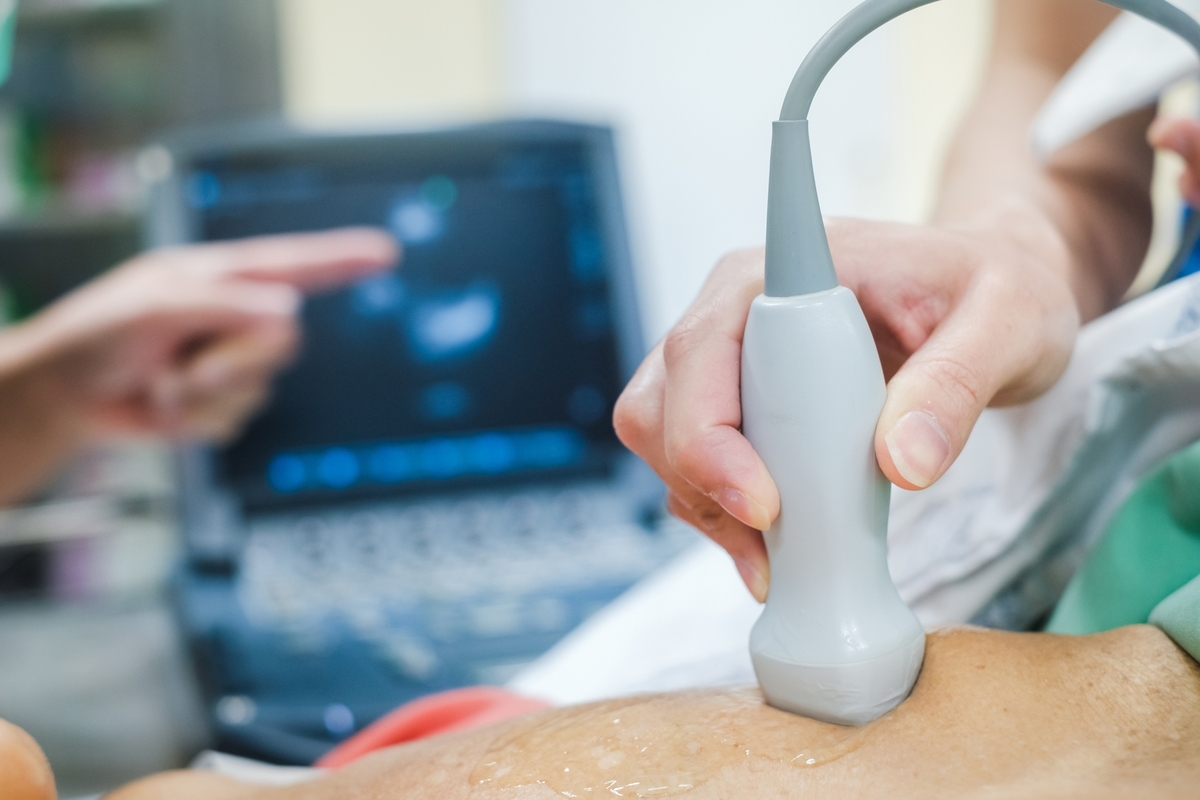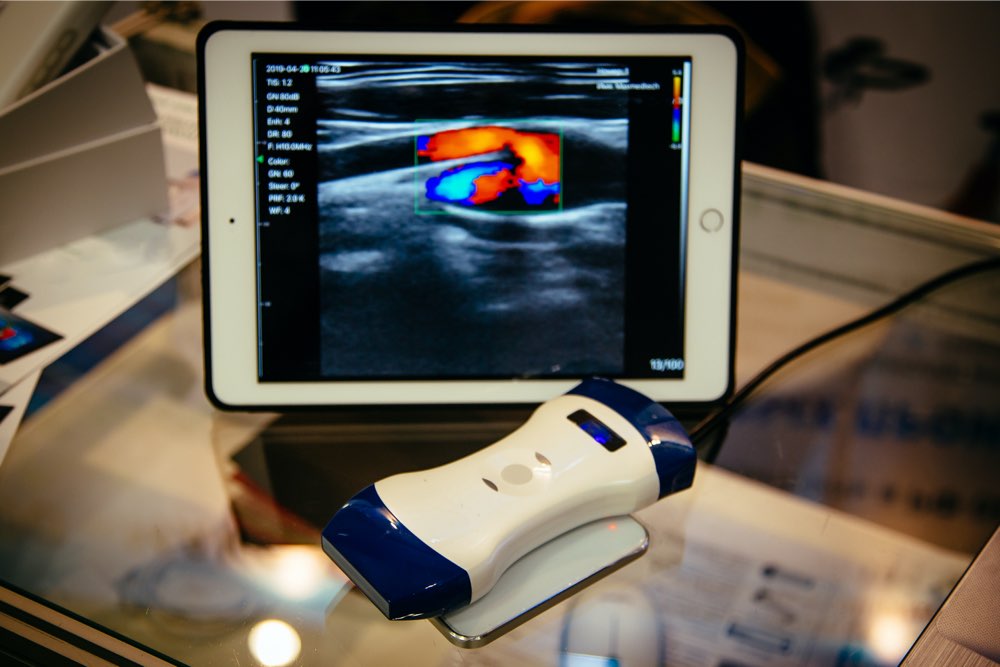Emerging Trends and Future Developments in Portable Medical Imaging Technologies
This comprehensive article explores the evolution, applications, and future of portable medical imaging devices, especially ultrasonography. It highlights technological advances, key devices, and best practices to optimize their use in healthcare settings. The piece underscores how these portable solutions improve diagnostic speed, accessibility, and patient outcomes, emphasizing their growing importance in remote and resource-limited environments. Perfect for healthcare professionals and medical technologists, this detailed overview offers insights into upcoming innovations shaping the future of medical diagnostics.

Revolutionizing Healthcare with Portable Medical Imaging Technologies
Portable medical imaging devices, particularly portable ultrasound systems, are transforming the landscape of healthcare diagnostics by enabling clinicians to perform imaging procedures anytime and anywhere. These compact, lightweight, and user-friendly devices provide high-quality imaging comparable to traditional, larger equipment, making them invaluable especially in remote, rural, or resource-limited settings. The continuous technological evolution in this sector is driven by innovations in miniaturization, digital integration, wireless connectivity, and artificial intelligence, shaping the future of medical diagnostics. This detailed exploration covers the historical evolution, current applications, technological advancements, and how these devices are enhancing patient outcomes across diverse medical fields.
The Evolution of Portable Ultrasound Technologies
Historical Perspective
The journey of portable ultrasound technology began with the necessity to overcome the limitations posed by bulky, stationary ultrasound machines. Traditionally, diagnostic imaging was confined to well-equipped hospitals and specialized clinics, which often posed logistical challenges, especially in emergency situations or rural areas. Early efforts focused on developing smaller, more manageable devices that could be used directly at the bedside or in the field. As technology progressed, miniaturization of components, battery efficiency, and digital processing capabilities opened new possibilities, resulting in the modern portable ultrasound systems widely used today.
Recent years have seen significant innovations such as wireless data transfer, enhanced image resolution, and AI-powered image interpretation. These advancements have improved the usability, accuracy, and speed of diagnostics, allowing healthcare providers to perform complex imaging with ease in diverse settings. The development has been marked by the integration of smartphone compatibility, cloud storage, and real-time teleconsultation features. All these technological strides are enabling a new era of portable imaging solutions that are more accessible, affordable, and efficient.
Major Applications of Portable Ultrasound Devices
1. Point-of-Care Diagnostics (POC):
Point-of-care ultrasound technology has been a game-changer in emergency medicine, intensive care units, outpatient clinics, and primary care settings. It allows clinicians to perform rapid, bedside assessments, helping in quick decision-making for critical conditions such as trauma, cardiac emergencies, or abdominal emergencies. Portable ultrasounds facilitate immediate visualization and assessment, reducing reliance on remote imaging facilities and minimizing delays in treatment.
2. Enhancing Telemedicine and Remote Diagnostics:
In underserved or rural areas with limited access to specialized imaging facilities, portable ultrasound devices bridge the gap by providing critical imaging capabilities. When integrated with telemedicine platforms, these devices enable healthcare providers to transmit images securely to specialists for remote interpretation, consultation, and guidance. This synergy enhances healthcare access, improves diagnostic accuracy, and ensures timely interventions in remote locations.
3. Maternal and Fetal Healthcare:
Ensuring maternal health remains a priority worldwide. Portable ultrasonography enhances prenatal care by enabling fetal monitoring and assessments outside traditional hospital settings. Rural clinics and community health programs can now perform fetal scans, monitor fetal development, and identify potential complications early, significantly improving maternal and neonatal outcomes.
4. Musculoskeletal and Sports Medicine:
In sports medicine clinics and physiotherapy centers, portable ultrasound helps in diagnosing soft tissue injuries, joint problems, ligament tears, and monitoring healing progress. Its immediate availability in injured athletes or active patients accelerates diagnosis, guides effective treatment plans, and aids in rehabilitation processes.
5. Cardiac Monitoring and Emergency Cardiology:
Cardiologists utilize portable echocardiography to evaluate cardiac function, detect valve abnormalities, and monitor heart conditions swiftly. Early detection of cardiac issues through accessible portable devices allows prompt intervention, potentially saving lives, especially during acute episodes or in settings lacking full-scale echocardiography labs.
Advantages of Portable Ultrasound Systems
1. Enhanced Mobility and Accessibility:
One of the primary benefits is the ease of transportation. These devices are designed to be lightweight and compact, allowing healthcare professionals to carry them effortlessly across different locations, including ambulances, remote clinics, and mobile health camps. Their portability drastically improves the reach of diagnostic services to underserved populations.
2. Cost-Effectiveness:
Compared to traditional large-scale ultrasound systems, portable devices are more affordable, enabling broader implementation across healthcare settings. This affordability democratizes access to imaging diagnostics, making it feasible for smaller clinics, primary care practices, and even mobile health units to incorporate advanced imaging into their services.
3. Rapid and On-the-Spot Results:
The ability to produce immediate imaging results at the point of care facilitates faster diagnosis and treatment planning. This real-time insight is especially valuable in emergency situations, where time is critical.
4. Ease of Use and User-Friendliness:
Modern portable ultrasound devices feature intuitive touchscreens, simplified interfaces, and automated features, making them accessible even for clinicians with limited ultrasound experience. This user-centric design promotes wider adoption and reliable image acquisition.
5. Improved Patient Comfort and Safety:
By minimizing the need to transfer critically ill or vulnerable patients to imaging departments, portable ultrasounds reduce discomfort and risk, improving overall patient experience.
Leading Portable Ultrasound Devices in the Market
Here is an overview of some of the top portable ultrasound systems currently available, highlighting their features, advantages, and ideal applications:
| Feature | GE Vscan Extend | Philips Lumify | Butterfly iQ+ | Mindray M9 | Clarius HD3 |
|---|---|---|---|---|---|
| Imaging Capabilities | B-mode, Color Doppler | B-mode, Color Doppler, M-mode | B-mode, Color Doppler, M-mode | B-mode, Color Doppler, M-mode | B-mode, Color Doppler, M-mode |
| Display Type | 3.5-inch LCD | Smartphone/Tablet | Smartphone/Tablet | 15.6-inch LCD | Smartphone/Tablet |
| Weight | 406 grams | Probe-dependent | 135 grams | 6.1 kg | 365 grams |
| Battery Life | Up to 1 hour | Device-dependent | Up to 2 hours | Up to 4 hours | Up to 2 hours |
| Price Range | $4,500 – $10,000 | $7,199 – $10,500 | $2,000 – $5,000 | $20,000 – $40,000 | $6,900 – $12,000 |
| Connectivity Features | Wi-Fi, Bluetooth | Wi-Fi, Bluetooth | Wi-Fi, Bluetooth | LAN, Wi-Fi | Wi-Fi, Bluetooth |
| Target Users | Primary care, Emergency | General practitioners, Specialists | General practitioners, Specialists | Cardiology, General practitioners | General practitioners, Specialists |
Highlighting Key Devices:
GE Vscan Extend: Its compact and rugged design makes it ideal for quick bedside evaluations, especially in urgent care and primary environments.
Philips Lumify: Seamlessly connects with smartphones and tablets, providing versatile imaging suited to various clinical contexts.
Butterfly iQ+: An affordable, pocket-sized device with multiple imaging modes, powered by advanced semiconductor technology.
Mindray M9: Features a larger display with advanced capabilities, suitable for detailed cardiovascular and internal medicine scans.
Clarius HD3: Offers high-definition imaging with easy operation through smartphones or tablets, excellent for detailed diagnostics.
Best Practices for Using Portable Ultrasound Devices Effectively
1. Proper Training:
Invest in comprehensive training programs to ensure healthcare providers handle the devices correctly, acquire accurate images, and understand safety protocols.
2. Regular Maintenance and Calibration:
Follow manufacturer guidelines for routine maintenance and calibration to guarantee consistent performance and extend device lifespan.
3. Protecting Patient Data Privacy:
Implement secure data handling practices, especially with wireless data transfer, to comply with privacy regulations and maintain patient confidentiality.
4. Standardized Clinical Protocols:
Establish and adhere to standardized imaging procedures to ensure diagnostic consistency and reliable results across operators and settings.
5. Integrating with Electronic Medical Records (EMR):
Seamless integration with EMR systems enhances documentation, facilitates tracking patient history, and supports continuous care.
Adopting portable ultrasound technology is revolutionizing medical diagnostics by making imaging more accessible, faster, and more efficient. With ongoing innovations in AI, connectivity, and device design, these systems are poised to become even more integral to healthcare systems worldwide, particularly in challenging environments. A thorough understanding of their features, benefits, and proper operational protocols allows healthcare professionals to maximize their impact, ultimately improving patient care and expanding diagnostic capabilities.
References:
GE Healthcare – Vscan Extend
Philips Lumify
Butterfly Network – Butterfly iQ+
Mindray M9 Ultrasound System
Clarius HD Ultrasound Solutions





